Advanced battery materials analysis
In battery production and research, the quality of materials is becoming critical. Small contaminants in the NCM powder, for example, can have disastrous results in the final product. To trace these contaminants effectively, high-resolution SEM imaging with EDS analysis for chemistry is needed. When fully automated, this combination is a powerful tool for powder quality inspection.
Conductance classifications
Each particle class can be labeled with a conductance of the particles, allowing you to sort on conductance of particles. This allows you to assess the impact of contamination much more accurately since a small organic contamination is not as severe as a metallic conductive contamination.
Ternary diagram
To view overall chemistry of the particle population, a ternary diagram can be generated where all particles are represented. With Ni, Co, and Mn on each axis, the outyears and general trends can be seen instantly.
Process control using electron microscopy
Modern industry demands high throughput with superior quality, a balance that is maintained through robust process control. SEM and TEM tools with dedicated automation software provide rapid, multi-scale information for process monitoring and improvement.
Quality control and failure analysis
Quality control and assurance are essential in modern industry. We offer a range of EM and spectroscopy tools for multi-scale and multi-modal analysis of defects, allowing you to make reliable and informed decisions for process control and improvement.
Fundamental Materials Research
Novel materials are investigated at increasingly smaller scales for maximum control of their physical and chemical properties. Electron microscopy provides researchers with key insight into a wide variety of material characteristics at the micro- to nano-scale.
Technical Cleanliness
More than ever, modern manufacturing necessitates reliable, quality components. With scanning electron microscopy, parts cleanliness analysis can be brought inhouse, providing you with a broad range of analytical data and shortening your production cycle.
EDS Elemental Analysis
Thermo Scientific Phenom Elemental Mapping Software provides fast and reliable information on the distribution of chemical elements within a sample.
3D EDS Tomography
Modern materials research is increasingly reliant on nanoscale analysis in three dimensions. 3D characterization, including compositional data for full chemical and structural context, is possible with 3D EM and energy dispersive X-ray spectroscopy.
Atomic-Scale Elemental Mapping with EDS
Atomic-resolution EDS provides unparalleled chemical context for materials analysis by differentiating the elemental identity of individual atoms. When combined with high-resolution TEM, it is possible to observe the precise organization of atoms in a sample.
Particle analysis
Particle analysis plays a vital role in nanomaterials research and quality control. The nanometer-scale resolution and superior imaging of electron microscopy can be combined with specialized software for rapid characterization of powders and particles.

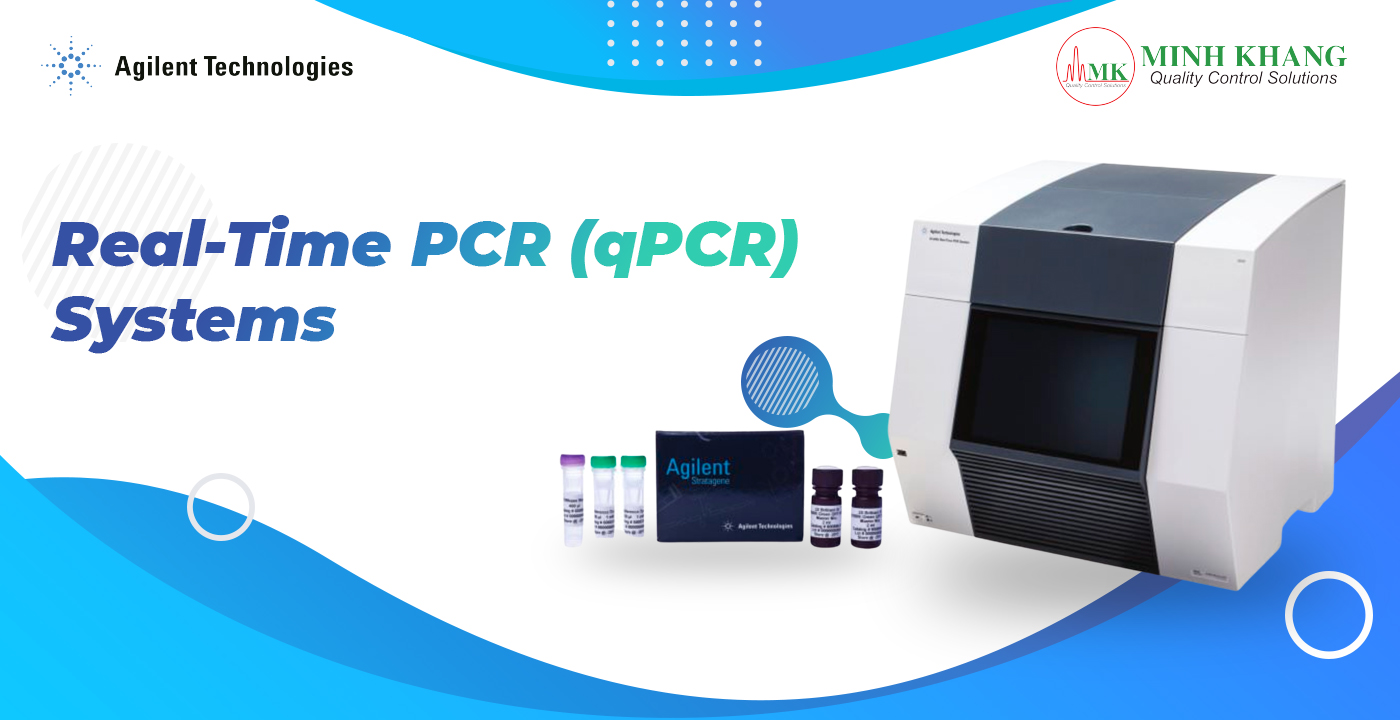
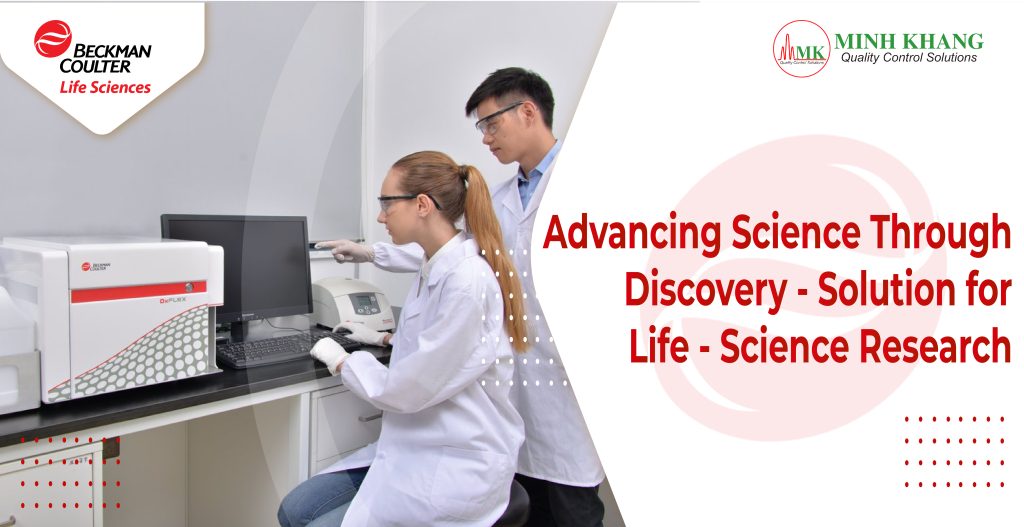
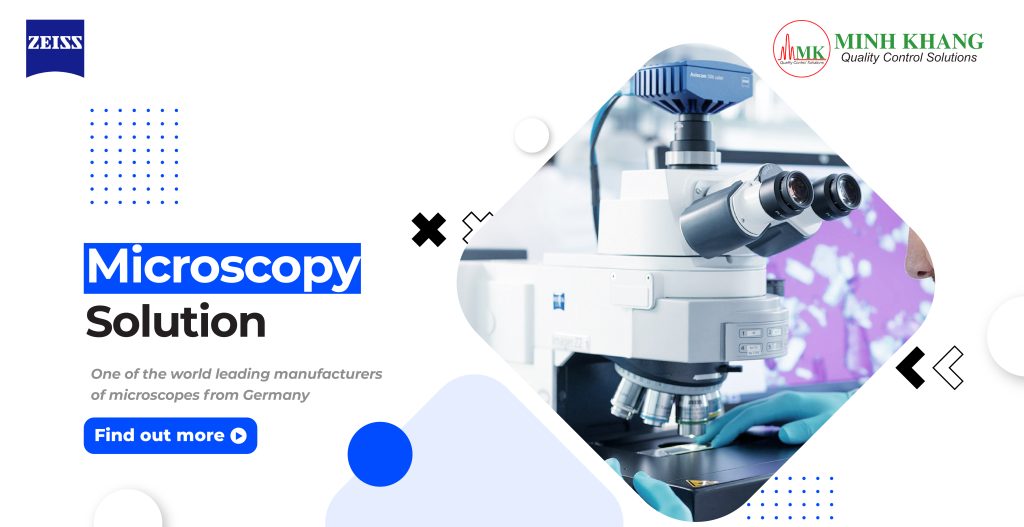
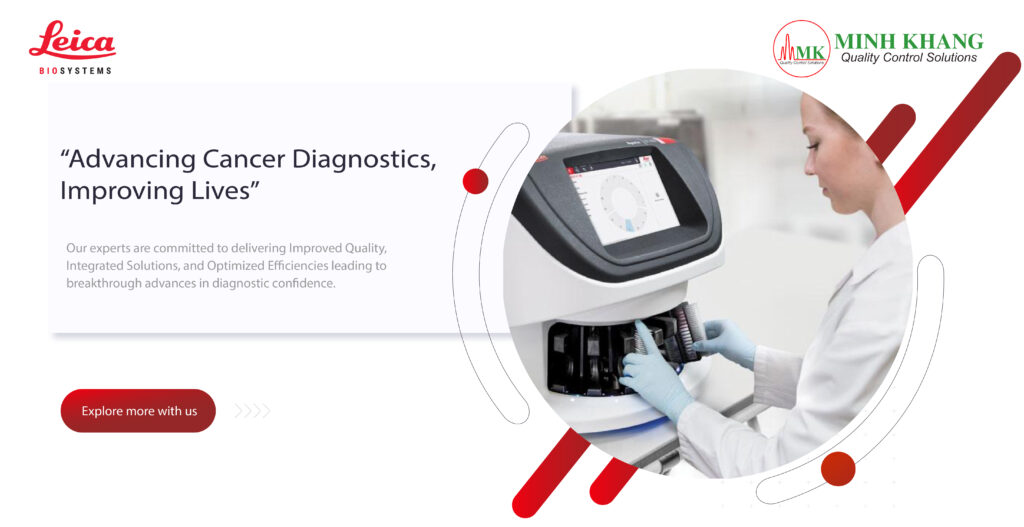
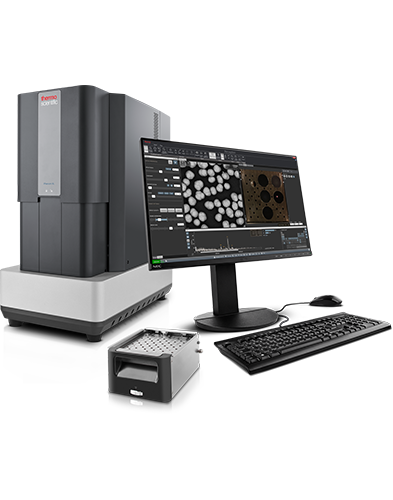




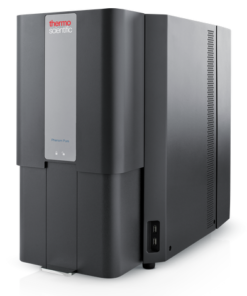




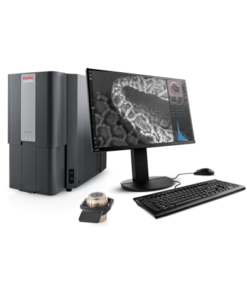

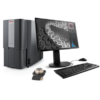


 VI
VI